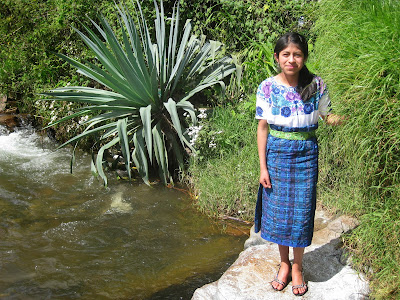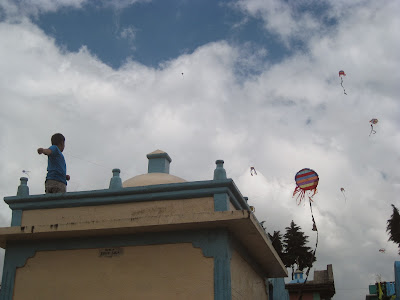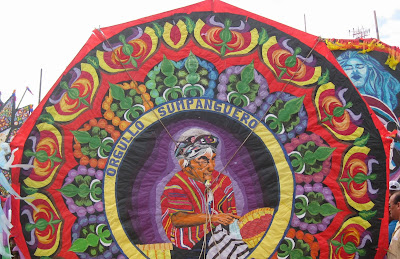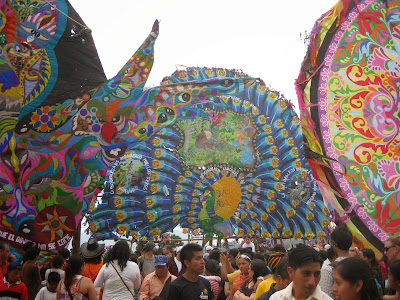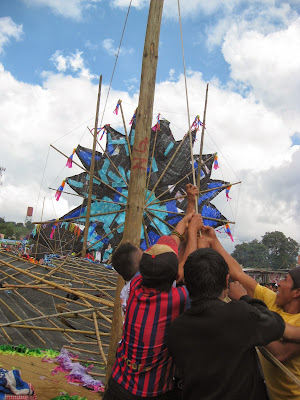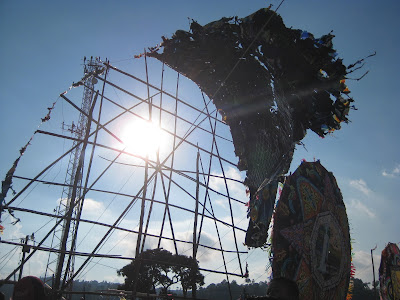
To
celebrate Thanksgiving a group of 26 Peace Corps Volunteers and three brave
friends who are not in the Peace Corps decided to go to Livingston and Rio
Dulce. (Middle right in the map right under the B for Belize). We were there for 4 full days (Wednesday-Sunday). It was
super far away from the Western Highlands where we all live, but it was totally
worth it. We did the trip in two days. First we all took the PC shuttle to
Antigua (about 4 hours from my house) where we spent the night, then at 5am the
next morning we all boarded a shuttle that took us to Puerto Barrios (about 5.5
hours away). From there we hopped on a 30 minute boat ride to finally end up in
Livingston. Livingston was a cute little touristy town, although it did feel
authentic and not overly commercialized. The area is probably best known for
their African-Guatemalan population. There actually weren’t as many black
people as I had expected (having been to Africa I think that I had unrealistic
expectations), but there certainly were many more black people than there are
where we live (approximately none).
On
Thanksgiving we had the perfect weather for a beach day. It was awesome. First
we took a boat ride to Seven Alters where we walked up a beautiful rocky
river bed and ended up at a waterfall where we all took turns jumping off. This
was my first time jumping off a waterfall!
After
spending a couple hours there swimming and jumping we got back on the boat to
head to Playa Blanca (the white beach). Here we spent the remainder of the
afternoon swimming in the warm waters, hanging out, drinking coco locos (crazy
coconuts – a whole coconut with rum mixed in with the coconut water), and
playing beach volleyball (my team was undefeated thank you very much). It was
so sunny and warm. The water was calm and shallow, perfect floating and
relaxing. No offense family, but I wouldn’t mind if I spent every thanksgiving
sunning myself on a beach on the Caribbean Sea. We had
Thanksgiving dinner at our hostel, Casa De La Iguana (House of the Iguana). This
hostel was made up of little bungalows. It was cute and I had my doubts, but they
actually prepared a really good Turkey with stuffing, mashed potatoes, and
cranberry sauce. There wasn’t the usual
quantity of food that is usually associated with Thanksgiving, but it was tasty.
 |
| Tapado soup |
Tapado.
Yum. This is a traditional dish from Livingston. It is a coconut milk broth
with all imaginable kinds of seafood in it. Each soup had: a whole fried fish,
snails, shrimp, the fish that live in Conch shells, and half a crab. ¡Que rico!
I am positive that it was so rich that it couldn’t have been healthy, but I
couldn’t have cared less.
 |
| Livingston |
 |
| Livingston |
 |
| Livingston |
 |
| Seven Alters |
 |
| Our hostel |
 |
| Beach Volleyball at Playa Blanca |




































